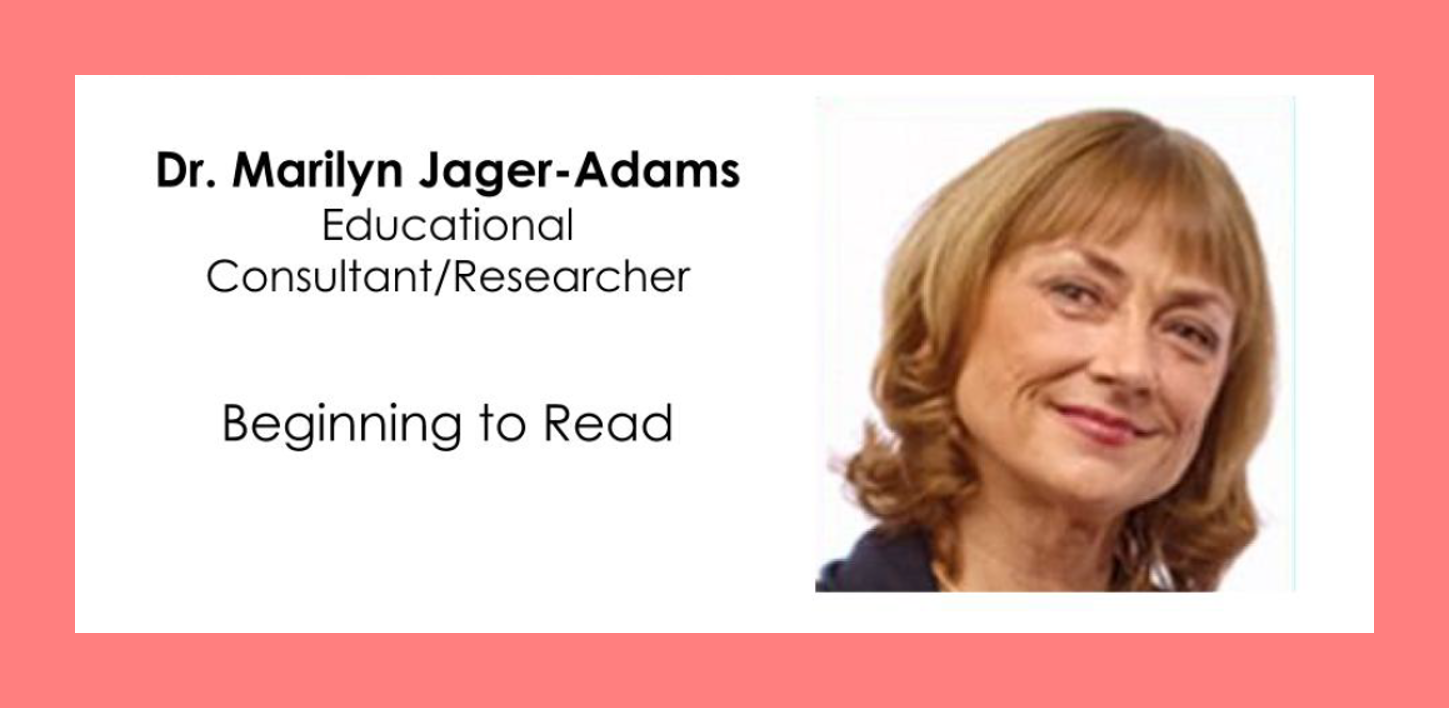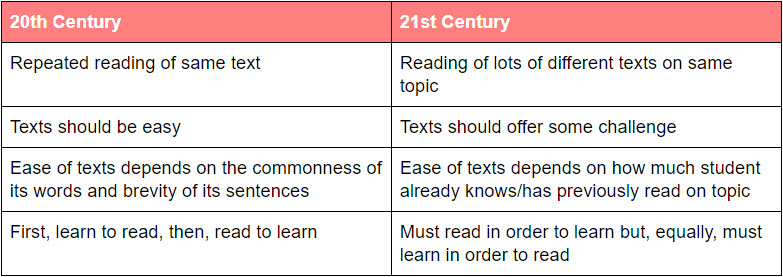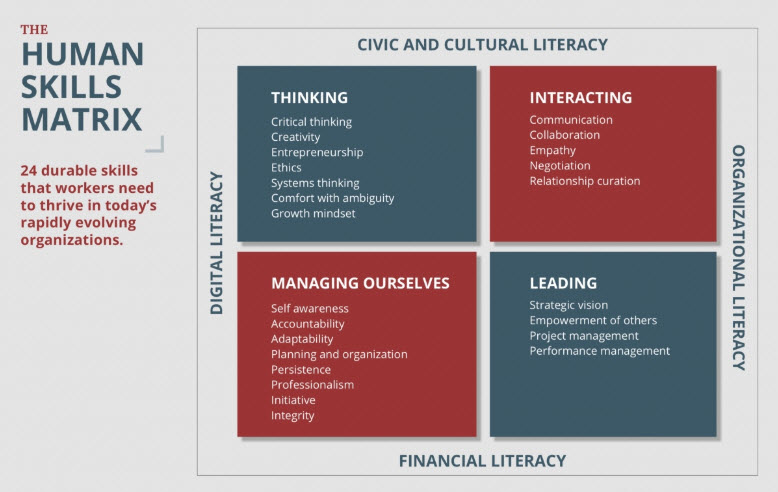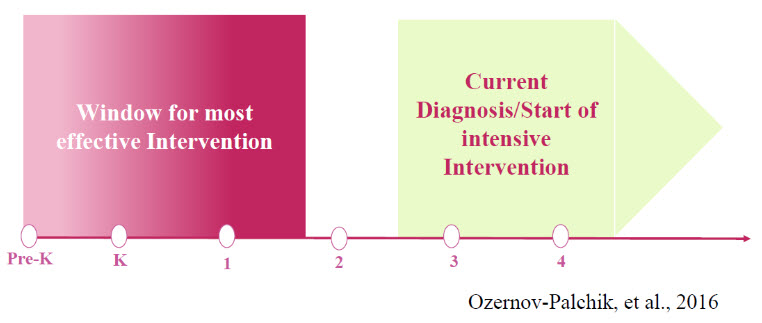
Part 1 of this series is available here; part 2 is here; part 3 is here.
Step by Step Learning didn’t let the pandemic stand in the way of putting on an engaging and informative conference. In the service of SBSL’s mission to help schools deliver evidence-based teaching and learning, the event focused primarily on pK-3 literacy.
The conference spanned three days, with a star-studded roster of presenters featuring:
DAY 1: Emily Hanford, Timothy Shanahan, Joan Sedita, Freddy Hiebert, Lucy Hart Paulson
DAY 2: David Steiner, Howie Knoff, Nancy Mather, David Boulton, Jan Hasbrouck
DAY 3: Marilyn Jager-Adams, Anita Archer, Kevin Colleary, Nadine Gaab, Amanda VanDerHeyden, Laura Buccanfuso
This write-up marks the conclusion of the Straight Talk by the Experts blog post series. Day 3 began with the incomparable Marilyn Jager-Adams.
Beginning to Read
Dr. Marilyn Jager-Adams, educational consultant and researcher, is author of the seminal 1990 text, “Beginning to Read: Thinking and Learning about Print.”
In her remarks, she compared 20th vs. 21st century approaches to developing reading skills.

The Reach Every Reader (RER) project of which MITili is a part aligns with the 21st century view. Harvard Professor Jimmy Kim leads RER’s K-3 instruction strand. The MORE (Model of Reading Engagement) curriculum from his READS Lab combines early literacy skill instruction with domain knowledge and motivation to boost reading outcomes.
Keeping them all Engaged: Optimizing Opportunities to Respond
Dr. Anita Archer focused on a key element of literacy instruction--student engagement. The best instruction won’t have any impact if the student is paying attention. Drawing on science of active learning principles, she presented engagement strategies and tactics.
- “Teacher talk” should be capped at 40%-50% of instructional time
- Student responses should be 70% in unison, 30% individual
- Don’t just call on volunteers--they likely know the answer, and regardless, they stifle involvement by other students
- Don’t call on inattentive students--that just embarrasses them and shuts them down; instead, strive to deliver a message that invites students to be attentive
- Put student names on physical objects (for instance, popsicle sticks), draw them randomly from a container, and call on the indicated student--this helps to keep students on their toes while knowing that the selection process is fair
- Pair students with partners--have the pair ask and answer questions to provide more student talk time
Teaching for Democracy: Knowledge, Evidence, and Critical Thinking
Dr. Kevin Colleary, Fordham University Graduate School of Education, addressed questions beyond literacy, but that ultimately tie to successful literacy skills. One area he touched on are 21s Century skills--what the Workforce Learning Collaborative of MIT’s Jameel World Education Lab (J-WEL) calls human skills.
Where J-WEL outlines a more detailed set of 24 human skills grouped as follows ...

… Dr. Colleary focused on sharing how four can be developed in the context of teaching democracy at the K-12 level:
- Critical thinking
- Creative thinking
- Collaboration
- Communication
Screening for Dyslexia and Other Reading Disabilities: The WHY, WHEN, WHOM, HOW and WHERE
Dr. Nadine Gaab, Associate Professor of Pediatrics, Harvard Medical School and Boston Children’s Hospital, made the case that while learning differences are often not identified until childhood or even adolescence, those differences may be present--and detectable--early as prenatally.
And those differences matter: 70% of below average 1st grade readers remain below average in 8th grade. Those differences are not set in stone, but they are exacerbated by the approach commonly taken by schools: a reactive, deficit-driven, wait-to-fail model (yellow in the image below) fails to catch gaps when they are small and more addressable (red).

The image above represents work by Dr. Ola Ozernov-Palchik of the Gabrieli Lab within MIT’s Department of Brain and Cognitive Sciences.
Dr. Gaab was part of the 2011-2013 READ (Researching Early Attributes of Dyslexia) study conducted by MIT, Harvard, and Boston Children’s Hospital. They used brain imaging and followed children to see which measures of reading in K best predict reading ability at grade 2.
Acknowledging that brain scans aren't practical in a school setting, Dr. Gaab shared a comprehensive list of early literacy screeners that ARE practical in schools.
Pragmatic how-to for Math Intervention
Dr. Amanda VanDerHeyden, founder of Spring Math, presented an approach to math instruction based on the same RTI (Response to Intervention)/MTSS (Multi-Tiered Student Support) model on which effective literacy instruction is based. As with literacy, she shared that math success, like literacy, is easy to predict. She made the case that
Tackling Academic Slide with the Abii Smart Robot Learning System
Laura Buccanfuso, CEO at Van Robotics, Inc., outlined common barriers to learning:
- Lack of confidence
- Lack of attention
- Presence of frustration
- Presence of distractions
Research shows that the desktop-sized Abii robot personalizes the way that it interacts to help students overcome these barriers in ways that can be difficult to implement with traditional human instruction.
As mentioned at the end of post 3 in this series, one of the projects in MIT Media Lab Professor Cynthia Breazeal’s Personal Robots group is exploring this space.
Personalized Robot Storytelling Companion
https://www.media.mit.edu/projects/collaborative-robot-storyteller/overview/
Could a social robot collaboratively exchange stories with children as a peer and help improve their linguistic and storytelling skills? We use machine learning algorithms to develop Companion AI to make robots learn to be helpful to young learners. Our robots learn actions that improve children's storytelling and keep them engaged. We are also interested in how a social robot can personalize its interaction with each child over multiple encounters, because every child learns and engages differently.
In sum, over the span of three full but informative days, the Step by Step Learning “Straight Talk by the Experts” literacy conference provided both an overview of the reading challenge faced in the US as well as specific strategies and tactics to tackle that challenge.